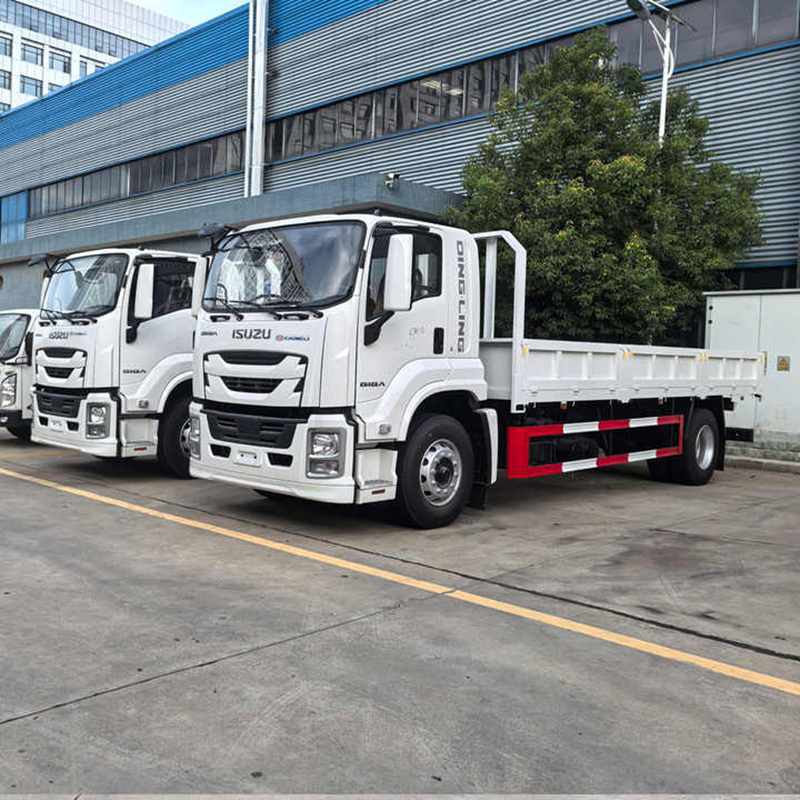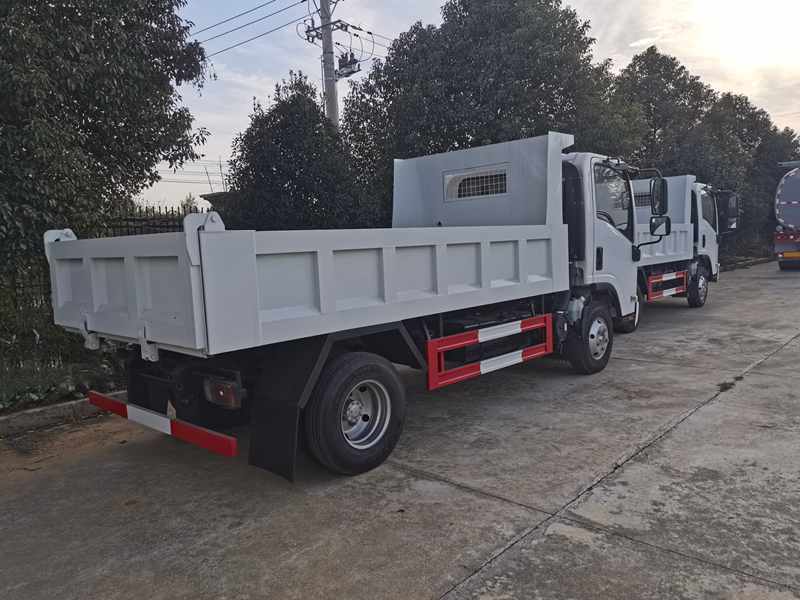Maximizing Safety: Essential Tips for Operating Large Mining Trucks
Understanding the Gravity of Safe Operation
Operating large mine trucks is a task that demands unwavering attention to safety. These colossal vehicles, often weighing hundreds of tons, are pivotal in the mining industry for their ability to transport massive amounts of material. However, their sheer size and power also make them potentially dangerous. Here, we delve into the critical safety tips every operator should know to ensure a secure working environment.

The Fundamentals of Safe Operation
Pre-Operation Checks
Before even starting the engine, a thorough pre-operation check is essential. Here are some key steps:
- Inspect the vehicle: Check for any visible damage, leaks, or loose parts.
- Test the brakes: Ensure they are functioning correctly.
- Examine the tires: Look for any signs of wear or damage.
Proper Loading Techniques
Loading a mine truck correctly is crucial to prevent accidents:
- Follow the load capacity: Never exceed the truck’s maximum load capacity.
- Evenly distribute the load: Ensure the material is evenly distributed to maintain stability.
- Secure the load: Use appropriate methods to secure the load to prevent shifting during transport.

Best Practices During Operation
Safe Driving Techniques
Operating a large mine truck requires specific driving skills:
- Adjust speed for conditions: Slow down in rough terrain or adverse weather conditions.
- Stay alert: Keep a constant watch for obstacles, other vehicles, and workers.
- Use signaling: Signal well in advance when turning or stopping to alert others.
Communication is Key
Effective communication is vital to ensure safety:
- Use radios or hand signals: Maintain clear communication with other operators and workers.
- Follow established protocols: Adhere to the site’s communication and safety protocols.
Addressing Common Challenges
Dealing with Adverse Conditions
Mining operations often take place in challenging environments:
- Handle steep grades: Use low gears and maintain a steady speed on steep inclines or declines.
- Manage wet or muddy terrain: Reduce speed and be prepared for reduced traction.
Emergency Preparedness
Being prepared for emergencies is crucial:
- Keep emergency supplies: Have a first-aid kit, fire extinguisher, and emergency beacon on board.
- Understand emergency procedures: Know the site’s emergency protocols and how to execute them.
The Future of Mine Truck Safety
Technological Advancements
The future of mine truck safety is being shaped by technology:
- Telematics: Real-time data monitoring can help prevent accidents by alerting operators to potential issues.
- Autonomous vehicles: Self-driving technology is being developed to reduce human error.
Safety Training and Education
Continuous training is essential for operators:
- Regular refresher courses: Ensure operators stay up-to-date with the latest safety practices.
- Encourage a safety culture: Promote a culture where safety is the top priority.
By adhering to these safety tips, operators can significantly reduce the risk of accidents and ensure a safer working environment in the mining industry. Remember, safety is not just a rule; it’s a mindset that protects lives and enhances productivity.



